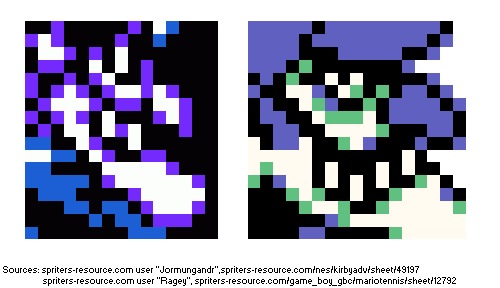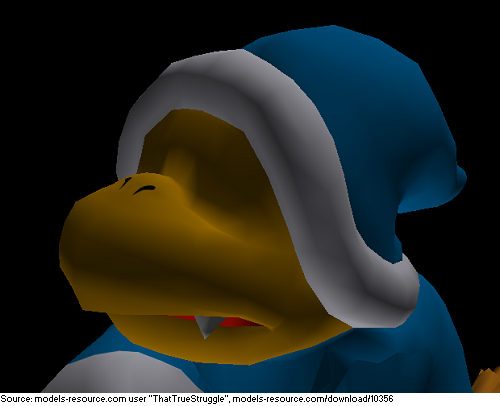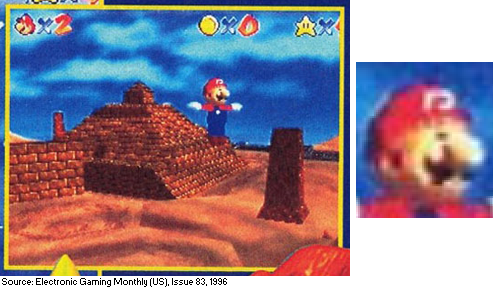1801
1802
1803
1804
1805
1806
1807
1808
1809
1811
1812
1813
1815
1816
1817
1818
1819
1820
In Super Mario 64, Mario can enter the igloo in Snowman's Land from the back with a precise jump due to a gap in the collision. Interestingly, Mario is oriented correctly once inside: facing the interior when entering normally, and facing the entrance when entering from the back.
1821
1822
1823
Thanks to the quick efforts of my readers, Goombo has been found! Special thanks to @ultra_jawbone for the first picture, as well as @JackalFrost, @thursdaysrain, @conorsuks and everyone else who contributed a picture! I am so grateful for your cooperation! Goombo is confirmed!
1824
1825























